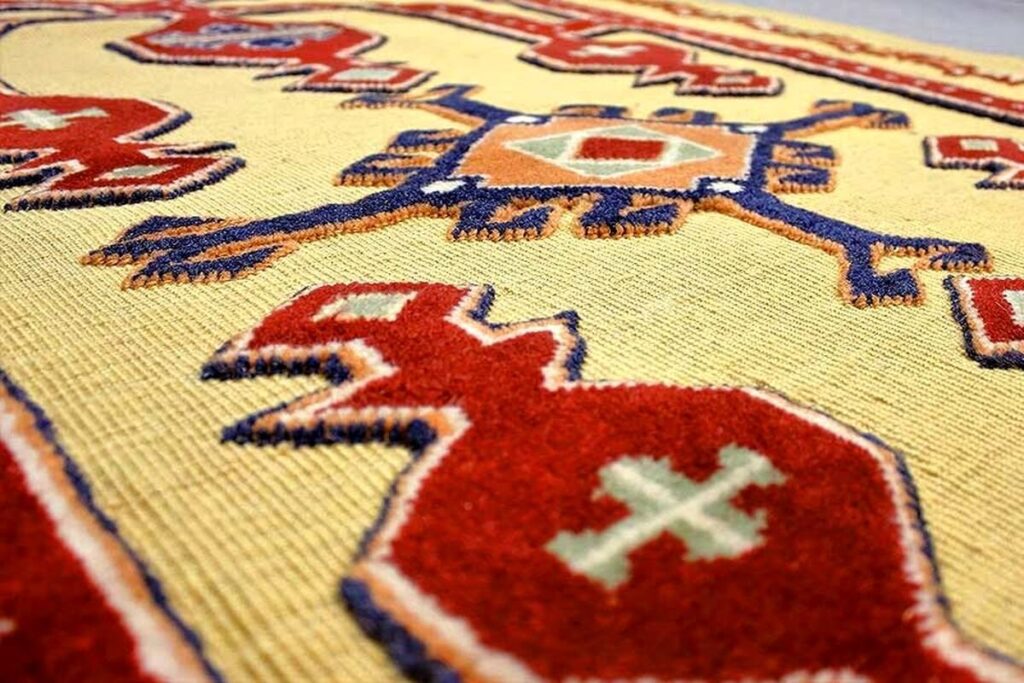Tehran – Director of ILAM Cultural Heritage, Handicrafts and Tourism said, “We are trying to turn the kilim embossed Ilam into a global item.”
Farzad Sharifi told Isna that embossed kilims are the most prominent and authentic product of the indigenous industry.
He added that over 3,000 square meters of kilims are produced by Irami Weaver, which has global fame and is listed on the national heritage list.
“We use every opportunity to introduce and sell this Indigenous artifact in both domestic and foreign markets. After being registered nationwide, we are trying to globalize.”
Arbaeen Pilgrims and Nowruz Holidaymakers welcome the product at their Handycraft stalls every year, he said.
ILAM Municipality has boosted the globalization trend of this handicraft by installing embossed kilim elements at the heart of ILAM and naming streets in the provincial capital, he added.
“We witnessed the enthusiasm of people for embossed kilims when we held a handycraft fair in Wasit, Iraq. We also introduced the embossed kilims during this year’s Governor General and state civil servants’ trip to Iraq.”
Historically, Ilam is famous for its production of kilim, a craft that dates back to centuries. However, the embossed kilim (locally named Gilim-e Naqsh Barjasteh) represents a relatively recent development in the artisan landscape of the area.
This innovative style was pioneered by a skilled weaver named Sahar Chalengar. Through her ingenuity, Chalengar introduced traditional kilim embossed motifs by integrating the knots of the carpet into the weaving process. Her unique approach quickly became popular, revolutionising crafts and spreading across Illam.
Creating embossed kilims involves unique techniques that set them apart from traditional kilims. The background of these kilims is woven using traditional methods known locally as “Sufi Bafi”. However, the motif is made using Turkish carpet knots, which naturally stands out with peace of mind against a flat background.
This embossing effect adds 3D quality to the kilim, increasing visual and tactile appeal.
The main materials used in embossed kilims are wool, cotton and sometimes silk threads. These materials are sourced from local cattle farmers, ensuring a close relationship between the weavers and their environment. Wool is used in both its natural colours and is dyed with natural chemical colours and chemicals. The dyeing process often involves using white alums to stabilize the colour, ensuring that they remain vibrant and lasting.
The process of making an embossed kilim begins with the installation of the loom. Both vertical and horizontal looms are available, but vertical looms are now more commonly chosen. Kilims are woven based on symmetrical patterns, and unlike simple kilims, they can include cursive motifs. These motifs include traditional designs such as “Rachak-Tranji” (Paisley), “Gordani” (Vase), “Gorjefaran” (Rose Flower), “Nagshegarat”, “Botehi” (Bush), “Meerabi”, various flowers, animals, and figurative motifs.
KD

